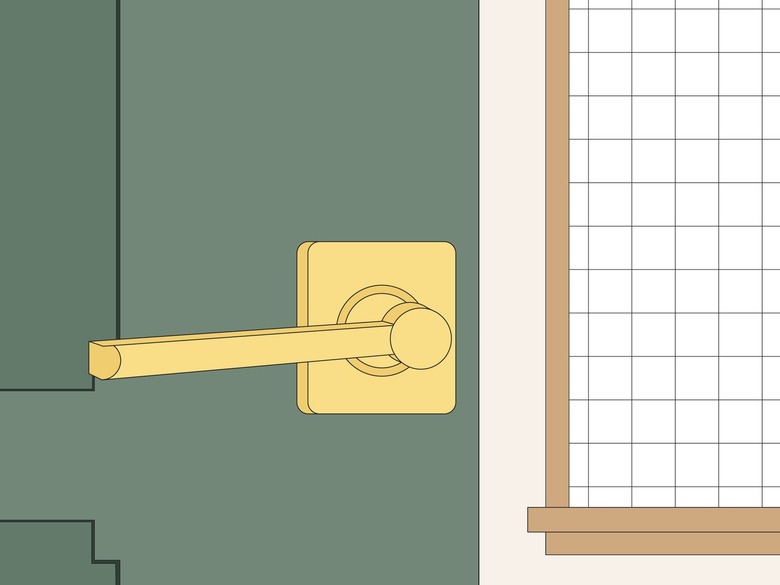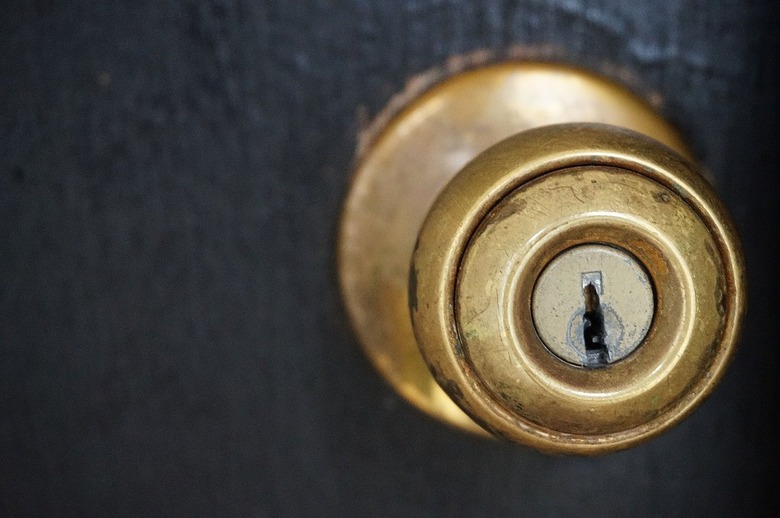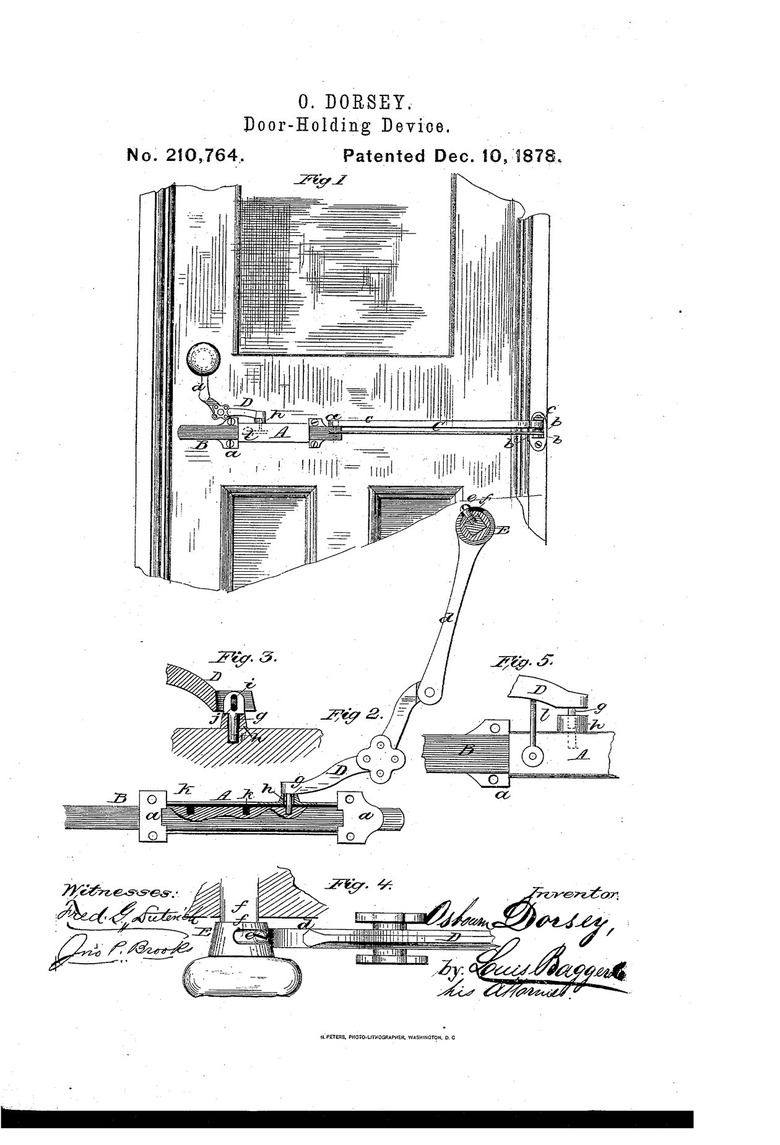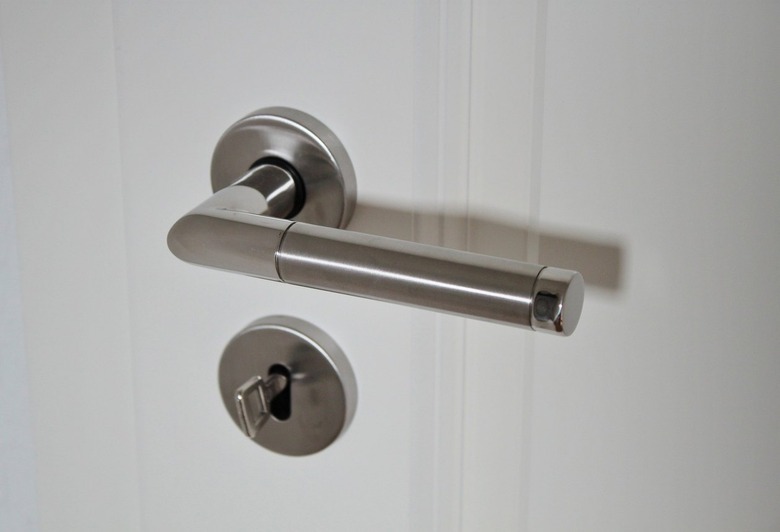The Necessary Evolution Of The Doorknob To A Door Handle
You probably give very little thought to doorknobs, but chances are, you use them every day. And while the actual task of opening a door may seem uncomplicated to some, it can be exactly the opposite for people with disabilities. Because round doorknobs, specifically, require a firm grasp in order to operate them, they're not ideal for people with limited mobility or limited strength in their fingers, hands, or arms.
With this need for accessibility in mind, when it comes to the history of the doorknob, it's important that we note how the fixture has evolved to become useful for not just some people — but all people.
The History of the Doorknob
The History of the Doorknob
As long as solid doors have been in existence, there's always been some sort of mechanism used to open them. In the early days — as far back as 5,000 years ago in Ancient Egypt — doors often featured some sort of handle that could be used to pull them open, as well as rudimentary pin tumbler locks, according to restoration company Van Dyke's Restorers.
Over time, these handles became more stylized, featuring ornamentation like sculptural metalwork or even crystal details. At some point, someone switched from handles to knobs, though it's hard to pinpoint who started this trend or when exactly it happened.
Who Invented the Doorknob?
Who Invented the Doorknob?
The modern doorknob, however — the one with a locking mechanism inside it — was patented by African American inventor Osbourn Dorsey. According to Young Trailblazers: The Book of Black Inventors and Scientists, Dorsey was born a slave in 1862, but was freed when he was eight months old. In 1878, at the age of 16, he officially patented his design for the doorknob.
Dorsey likely built his version of the doorknob off of earlier models by inventors who patented variations of the fixture — like Abraham O. Stansbury, who received a patent in England in 1805, as well as American Linus Yale Sr., who received a patent in the U.S. in 1848.
How Doorknobs Became Accessible
How Doorknobs Became Accessible
The trouble with doorknobs versus door levers or handles is that they require dexterity to operate. You not only need to have the strength to grip the knob, but also to turn it.
Levers, on the other hand, are more accessible for people with limited mobility.
According to the Americans with Disabilities Act — which was passed into law on July 26, 1990 — door hardware "shall be operable with one hand and shall not require tight grasping, pinching, or twisting of the wrist." The maximum amount of force needed to activate the hardware should be five pounds.
The ADA also acknowledges that "[d]oor hardware that can be operated with a closed fist or a loose grip accommodates the greatest range of users. Hardware that requires simultaneous hand and finger movements requires greater dexterity and coordination, and is not recommended."
While some may see 1878 as the year the doorknob reached its peak with Osbourn Dorsey's patent, 1990 marks an equally (if not more) significant notch in the fixture's timeline. Thanks to the ADA, something as seemingly simple as a doorknob won't act as a barrier to people with disabilities. After all, according to the World Health Organization, over one billion people live with some form of a disability — and that number is increasing.
Thanks to the evolution of the doorknob to a handle, now more people than ever have the ability to be in spaces they may not have been in before.



